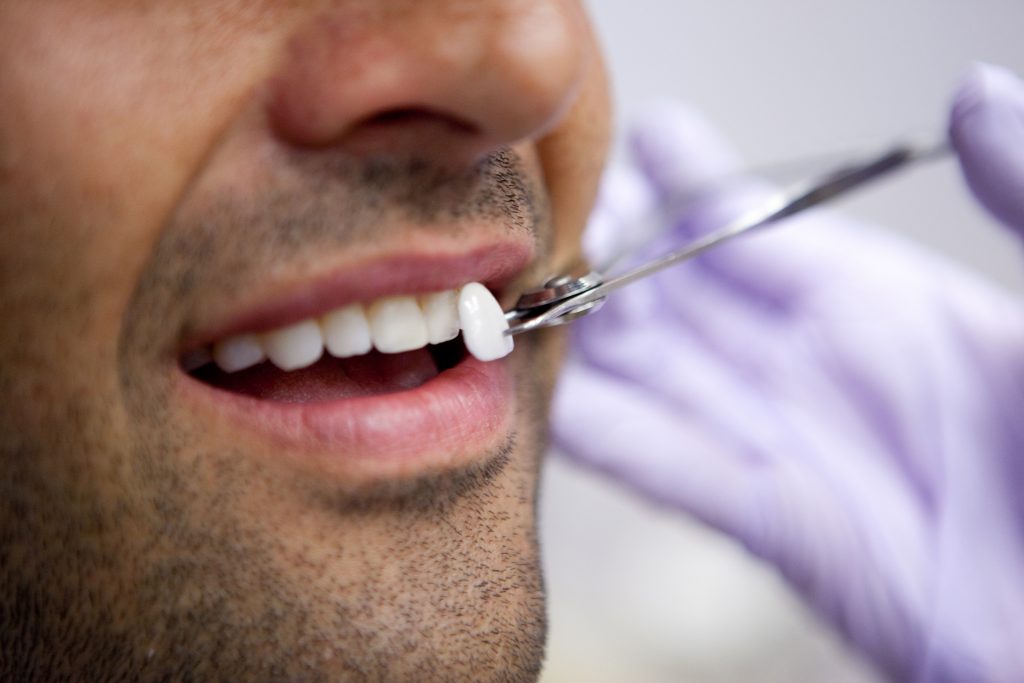943 Finchley Rd, London NW11 7PE
Exploring the Genetic Legacy of Dental Health Across Generations

The field of genetic research has opened new doors to understanding the inherited aspects of our physical traits, and dental health is no exception. From the initiation of tooth development to the intricacies of enamel formation, various genes play pivotal roles in sculpting our smiles. Through this exploration, we aim to shed light on the significance of genetic inheritance in dental health. As we unlock the secrets encoded in our DNA, we gain insights into not only the predispositions toward dental conditions but also the potential for advancements in personalised dental care. So, fasten your seatbelts as we embark on a journey through the genetic legacy of dental health, where science meets the artistry of our smiles.
How Genes Influence Dental Health
The Genetic Code Blueprint
Our genetic code, housed in DNA, is like a blueprint for the entire body, including teeth. Genes dictate the development of teeth, their structure, and their susceptibility to certain dental conditions.
Inherited Traits and Tooth Formation
The formation of teeth is a complex process influenced by a multitude of genes. From the number of teeth to their size and shape, these traits are often inherited. Also, it helps in explaining why certain dental characteristics tend to run in families.
Genetic Factors in Tooth Decay
Tooth decay, a common dental woe, has genetic roots. Some individuals may be genetically predisposed to have enamel that is more resistant to acid attacks. On the contrary, others may be more susceptible, making them prone to cavities.
Genetic Markers for Resilient Enamel and Healthy Gums
Enamel Resilience
- Amelogenin Gene (AMELX and AMELY): The amelogenin gene is involved in the formation of enamel. Variations in this gene have been associated with amelogenesis imperfecta, a condition affecting enamel development.
- TUFT1 Gene: This gene is associated with Tuftelin, a protein involved in enamel formation. Mutations in TUFT1 may impact enamel structure and resilience.
Healthy Gums
- Interleukin-1 (IL-1) Gene Family: Genetic variations in the IL-1 gene family have been linked to an increased risk of periodontal disease. It’s an inflammatory condition affecting the gums and surrounding structures.
- Toll-Like Receptor 4 (TLR4) Gene: TLR4 is involved in the innate immune response and can influence susceptibility to periodontal diseases.
Genomic Factors That Influence Tooth Development
Tooth development is a complex process influenced by a combination of genetic and environmental factors. Several genes play crucial roles in the development of teeth, affecting various aspects such as tooth number, size, shape, and eruption. Here are some key genomic factors associated with tooth development:
MSX1 and PAX9
MSX1 and PAX9 are homeobox genes that play essential roles in tooth development, particularly in the initiation and formation of teeth. Mutations in these genes have been linked to nonsyndromic forms of tooth agenesis, where individuals may have missing teeth.
AXIN2
AXIN2 is involved in the Wnt signalling pathway, which is critical for tooth development. Mutations in AXIN2 have been associated with tooth agenesis and other dental anomalies.
EDAR and EDA
These genes are involved in the ectodysplasin signalling pathway, influencing the development of ectodermal tissues, including teeth. Variations in EDAR and EDA have been linked to tooth morphology, affecting tooth shape and size.
RUNX2
RUNX2 is essential for osteoblast differentiation and bone formation, including the development of alveolar bone that supports teeth. Mutations in RUNX2 may impact tooth eruption and development of the jawbone.
As we reflect on the discoveries made in this exploration, it becomes clear that understanding our genetic predispositions in dental health is a crucial step toward personalised care. The genetic legacy of dental health transcends generations, weaving a narrative that connects us to our ancestors and shapes the path for those who come after us. So, as we, dentists in Golders Green, conclude this exploration, let us carry forward the knowledge gained and continue to nurture the legacy of healthy, radiant smiles for generations to come.







